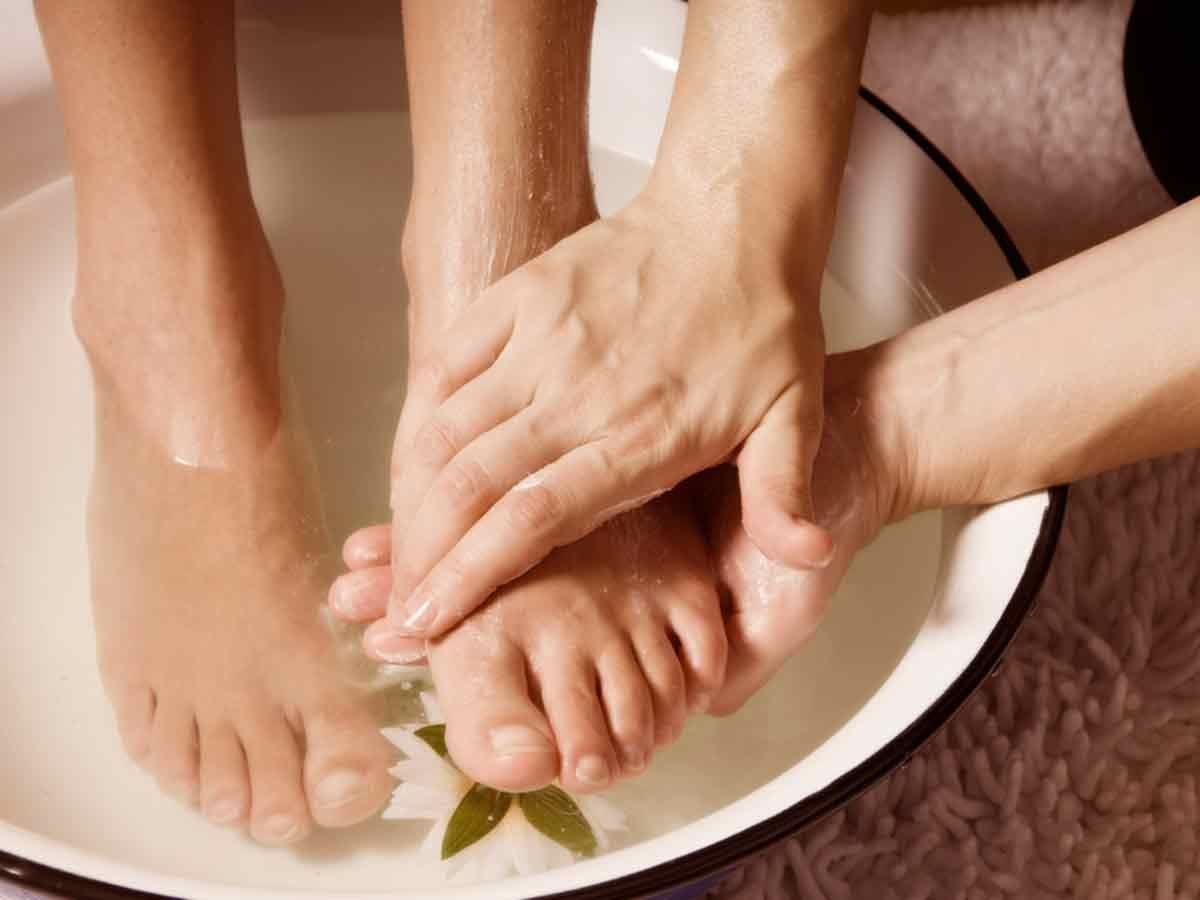Lower Leg Pain - Treatments and Home Remedies For Common Lower Leg Pains

Several conditions can cause lower leg pain. Some of these conditions include Tendonitis, Peripheral artery disease, Stress fractures, and Arthritis of the spine. To help alleviate your symptoms, here are some treatments and home remedies for joint lower leg pains. You should also seek medical attention if the symptoms persist or worsen.
Tendonitis
If you're suffering from lower leg pain, your doctor may recommend treatment for tendonitis. This condition occurs when a tendon becomes inflamed due to an injury. This can lead to joint pain and stiffness. In mild cases, you can manage your pain and discomfort independently. You can use ice and rest to reduce swelling and pain. For more severe cases, a doctor may recommend surgery.
If you are suffering from pain in your lower leg due to tendonitis, you must see a doctor as soon as possible. In some cases, the pain may result from a ruptured tendon. You should also ensure you don't overwork your calf muscle, which can lead to injury. If you experience pain while climbing stairs, you should stop doing this activity until your pain is gone. In some cases, you may be able to get relief by wearing ankle-compression sleeves or orthotics. If you cannot do this, you should consider wearing shoes with firmer stability. You can also try heel lifts and other devices to alleviate tension on the tendon.
Peripheral artery disease
Peripheral artery disease, or PAD, is a condition that causes the arteries of the legs to narrow, injuring the muscles and nerves in the legs. This condition is caused by the buildup of fatty plaque in the arteries. While it is most common in the leg, it can affect any blood vessel. Lifestyle changes and medications can control the symptoms of this condition. Healthy habits, such as avoiding high-fat diets and excessive physical activity, can help lower the risk of developing this disease.
Lower leg pain caused by peripheral artery disease can vary in intensity and can be mild or severe. Symptoms include muscle cramping and pain during rest or exercise. The pain is usually felt in the calf area. In severe cases, it may be so severe that it interferes with sleep and daily activities. Patients may find that hanging their legs over the edge of their bed or walking around the room can provide temporary relief.
Stress fractures
Treatment for stress fractures varies according to severity and location. The goal of treatment is to alleviate pain and allow the fracture to heal without further damage. It is recommended to follow your doctor's treatment plan as closely as possible to reduce pain and speed recovery. In addition, proper treatment can prevent further damage to the bone.
Your physician will evaluate your physical activity and medical history to diagnose correctly. Depending on the fracture type, the doctor may order laboratory tests and a complete physical examination. Your doctor will also check for nutritional deficiencies and underlying causes of stress fractures.
Arthritis of the spine
Arthritis of the spine is a condition that can cause lower leg pain and stiffness. It causes more swelling and pain with activity, and the pain usually starts in the back and then travels down the buttocks. Arthritis of the spine is usually a degenerative condition, and treatment typically involves pain medications, steroid injections, physical therapy, or surgery. Treatment for this condition may also include joint replacement if it's severe.
Another common cause of lower leg pain is infection. Infections can spread to the spine through injuries or surgery. Patients with diabetes, HIV infection, or weakened immune systems are also at risk of spinal infections. Treatment for infections depends on the causative organism, but medications such as antibiotics, antifungal drugs, or surgical drainage may be needed.




